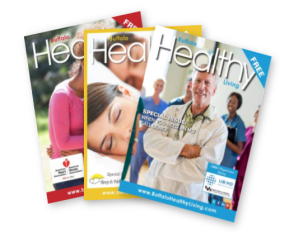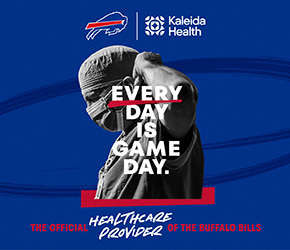Safe Food Preparation

Various behaviors are essential for maintaining personal health. While exercise and eating healthy foods are important, safe cooking is also a key component.
The World Health Organization reports that each year, unsafe food causes 600 million cases of foodborne illnesses and 420,000 deaths. Consuming hazardous food is a major problem in developing countries, but it also poses a threat closer to home. The Centers for Disease Control and Prevention estimates that 48 million people get sick, 1,280,000 are hospitalized, and 3,000 die from foodborne illnesses annually in the United States.
Many different microorganisms can cause foodborne illnesses in humans. B. cereus food poisoning, botulism, campylobacteriosis, cyclosporiasis, listeriosis, and E. coli infections are some of the more common diagnoses. Symptoms may include fever, muscle aches, diarrhea, and stomach cramps.
Although not every foodborne disease can be prevented, careful handling and cooking of food by individuals can significantly reduce the risk of foodborne illness. Following the principles of Clean, Separate, Cook, and Chill helps keep people safe. The following are additional ways to prevent foodborne pathogens from causing illness, provided by the Food and Drug Administration and the United States Department of Agriculture.
Clean.
Cleanliness is essential to prevent foodborne illnesses. Wash your hands for 20 seconds with warm, soapy water before and after handling food. Carefully clean any surfaces that come into contact with foods, especially raw meat, poultry, fish, and eggs. This includes cutting boards and countertops.
Separate.
Prevent cross-contamination by keeping raw foods separate from cooked foods. Use different utensils for raw and cooked items. Wash utensils and preparation dishes promptly, and avoid applying marinade to cooked food if it has been in contact with raw meat. Another way to prevent cross-contamination is to store meat, eggs, and poultry separately from raw produce and other foods that won’t be cooked. This helps ensure bacteria can’t easily transfer, even if items are in packages.
Cook.
A food thermometer is your best tool for preventing foodborne illnesses. Always cook food to the recommended internal minimum temperature, which helps eliminate harmful pathogens. Instead of judging doneness by sight alone, use a thermometer to confirm the food is thoroughly cooked. Additionally, foods intended to be served hot should stay hot. When serving a buffet, consider using chafing dishes to keep foods at or above 140°F.
Chill.
Cold foods must be refrigerated to prevent spoilage. Do not leave food out of the refrigerator for more than two hours, or only one hour if it is outdoors and the temperature is 90°F or higher. To help foods chill faster and defrost more easily when reheated, consider spreading them in a thin layer when packaging. Cold foods should be kept at or below 40°F.
Safe food handling, cleaning, and cooking reduce the risk of foodborne illnesses.











